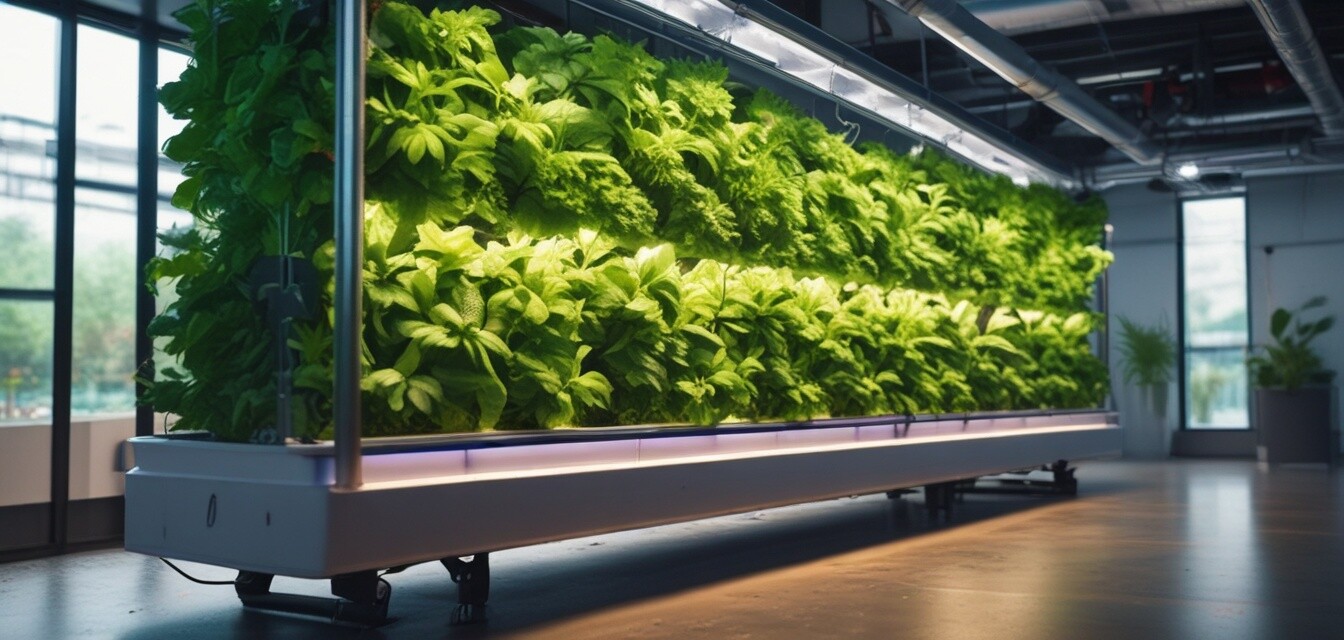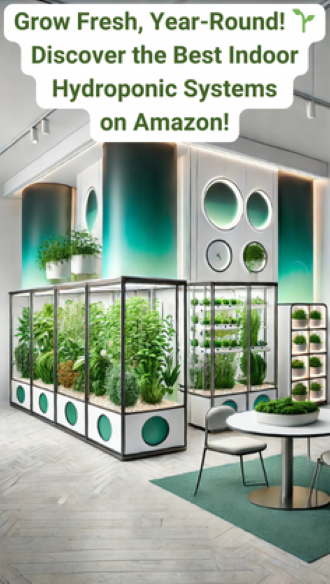
Sustainable Practices in Hydroponics: Innovations 2025
Key Takeaways
- Hydroponics reduces the need for traditional soil, making it eco-friendly.
- Innovations in nutrient delivery improve plant growth efficiency.
- Smart technologies are transforming urban hydroponic farming.
- Environmental conservation is at the forefront of hydroponics advancements.
- There are various sustainable practices being adopted worldwide.
As we look towards 2025, the field of hydroponics continues to evolve rapidly. Sustainable practices in hydroponics not only offer a solution to food production but also promote environmental conservation, especially in urban areas. This article explores the innovative techniques and technologies shaping the landscape of modern hydroponic systems.
What is hydroponics?
Hydroponics is a method of growing plants without soil, using nutrient-rich water instead. This approach allows for precise control over plant nutrition, leading to faster growth and higher yields. With urban gardening on the rise, hydroponics is a crucial practice for sustainable food production.
Innovative sustainable practices in hydroponics
1. Advanced Nutrient Delivery Systems
One of the top innovations in hydroponics is the development of sophisticated nutrient delivery systems. These systems ensure that plants receive the exact nutrients they need, leading to healthier plants and reduced waste. The most notable approaches include:
| System Type | Description | Advantages |
|---|---|---|
| Drip Systems | Nutrients are delivered through tubes and drip emitters directly to the plant roots. | Water-efficient and customizable nutrient delivery. |
| Aeroponic Systems | Plant roots are suspended in air and misted with nutrient solution. | Optimizes oxygen exposure and nutrient absorption. |
| Nutrient Film Technique (NFT) | A thin film of nutrient solution flows over roots, which are held in a sloped channel. | Reduces water consumption and allows for high plant density. |
2. Smart Hydroponic Gadgets
The integration of technology in hydroponics has paved the way for smarter, more efficient systems. These gadgets include:
- Automated pH and Nutrient Monitors: Ensure optimal growing conditions with real-time data analytics.
- Grow Lights with Smart Sensors: Adjust lighting based on plant needs, saving energy and costs.
- Mobile Apps: Manage your hydroponic garden remotely, track growth patterns, and receive alerts.
3. Water Conservation Techniques
Water usage is a critical concern in hydroponics. Innovative practices include:
- Recirculating Systems: Water is reused indefinitely within the system, minimizing waste.
- Rainwater Harvesting: Collecting rainwater for nutrient solutions is an environmentally-friendly approach.
- Water-Efficient Crops: Selecting plants that naturally require less water reduces overall consumption.
Impact of Sustainable Hydroponics on Urban Gardens
Urban gardens have started embracing hydroponics as a way to grow fresh produce sustainably. This shift not only helps local communities but also reduces carbon footprints associated with transporting food from rural areas. Moreover, urban hydroponics promotes biodiversity and enhances the local ecology.
Challenges and Considerations
While there are many benefits to hydroponic systems, challenges still exist. Some potential issues include:
Pros
- Space-efficient, suitable for urban settings.
- Reduction of pests and diseases due to soil-free environments.
- Potential for year-round crop production.
Cons
- Initial setup costs can be high.
- Requires constant monitoring and management.
- Technical knowledge may be necessary for success.
Future Trends in Sustainable Hydroponics
As we progress toward 2025, the sustainable practices in hydroponics will likely continue to advance. Here are some expected trends:
- Greater use of renewable energy sources like solar power.
- Increased adoption of vertical hydroponics to maximize space.
- More research focused on sustainable nutrient solutions derived from organic sources.
Conclusion
Sustainable practices in hydroponics represent a promising way to address food security and environmental challenges in urban areas. Innovations in technology and growing methods not only enhance productivity but also promote conservation. To stay updated on trends and innovations, visit our Hydroponic Innovation & Updates section for the latest insights.
